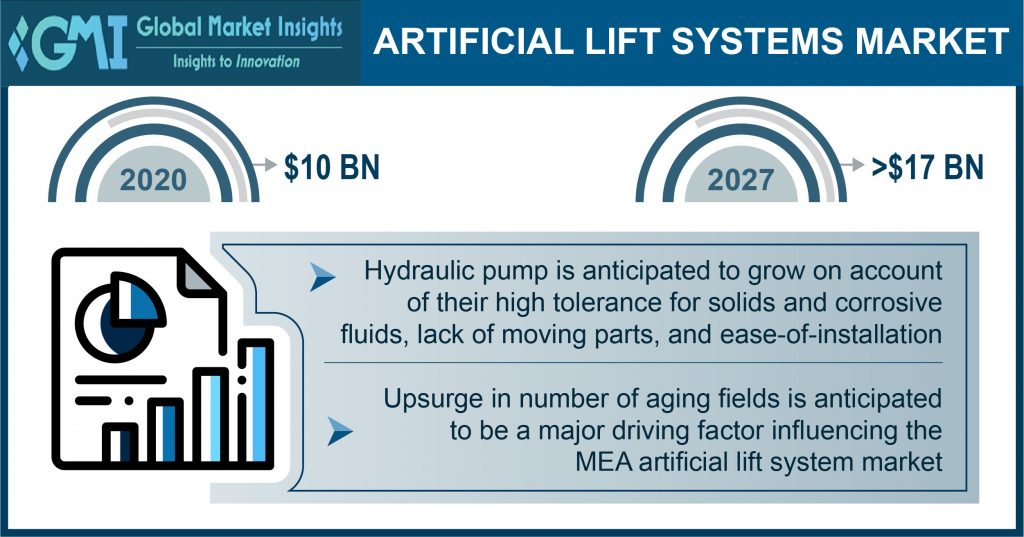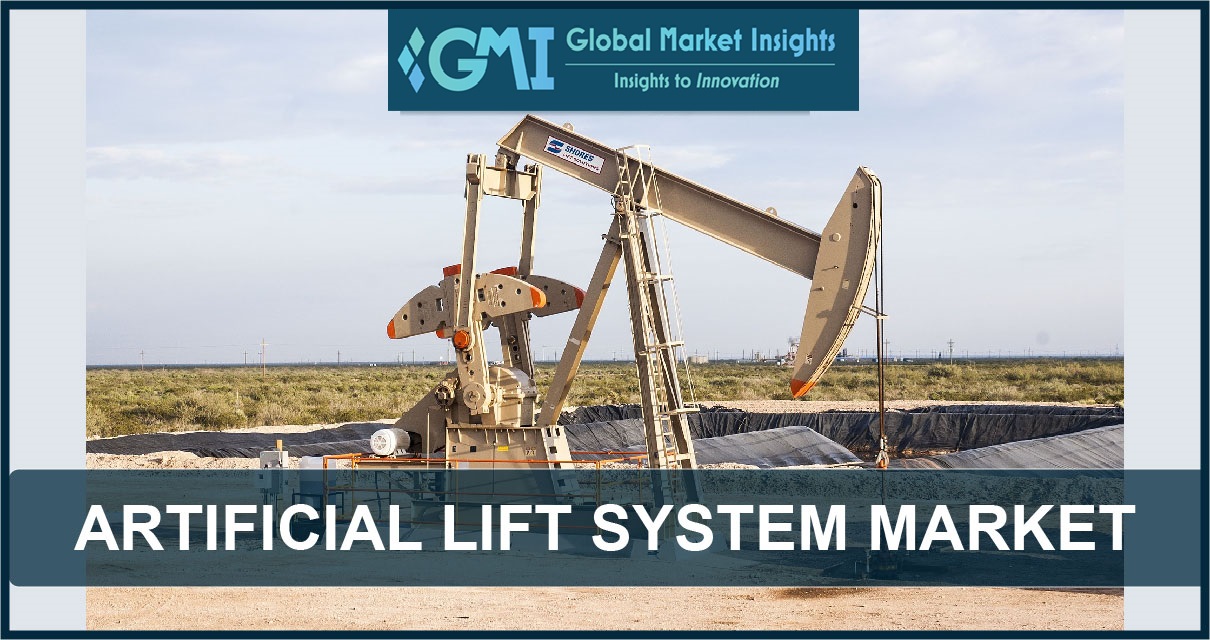Increasing burden on mature oil reservoirs that require strong extraction solutions will underpin the significance of artificial lift systems as a key tool in optimizing well production
Oil has been considered the lifeblood of the global industrialized economy for decades. From seemingly simple applications like residential heating to largescale uses like powering industrial systems, oil is essential to every energy demand of modern society. Over 2 million operating oil wells are in existence across the globe. Since most of these reservoirs contain energy in some capacity, in the form of pressure within the rock and compressed fluid itself, recovery of oil & gas is a relatively easy process.
However, in fields nearing the plateau of their production phase and economic life, also known as mature fields, this energy is significantly diminished, making recovery more challenging. A major part of the oil & gas worldwide is extracted from mature wells in recent times, with the number of such fields expected to rise exponentially over the years ahead.
This factor, coupled with the recent decrease in output prices, has placed tremendous pressure on oil & gas operators to focus on optimizing extraction from mature fields, through various strategic decisions. Operators are constantly seeking new ways to expand the productive life of the field, which may prove beneficial for the artificial lift systems market.

Innovations in artificial lift optimization technology
Over the years, the oil and gas industry has undergone tremendous evolution, which has triggered changes across several economies and businesses associated with the sector. Some of the major challenges plaguing the oil and gas corporations are failure of equipment, unplanned shutdowns, and more recently, fluctuations in the prices of hydrocarbons. These issues have made it imperative for oil & gas operators to optimize the production and performance of reservoirs as well as the artificial lifting technology that aids in the extraction.
Most wells operated worldwide require artificial lift systems in some capacity during their lifecycle. In this situation, artificial lift system optimization and monitoring become critical factors in ensuring that the proper lift technology is utilized, given that improper usage of lifting methods for oil wells can have major implications in terms of operating costs and productivity.
To that end, several key players in the artificial lift systems industry have turned to innovation, in order to create new and advanced systems designed to optimize the performance of lift technology. Silverwell, for instance, received a $3 million contract from PETRONAS Carigali Sdn Bhd in August 2020, to deploy the firm’s flagship gas lift production optimization system DIAL (Digital Intelligent Artificial Lift) in mature reservoirs offshore Malaysia. This installation of DIAL in dual string wells, the first of its kind in the world, marked a significant step-change in the oil & gas industry’s ability to operate and optimize production from gas lifted wells.
More recently, in March 2022, U.S.-based Lift Well International introduced a revolutionary artificial lifting technology designed to eliminate the need for downhole equipment and suited for use in fields that are unable to adapt to the traditional vertical drilling method. Based on liquid and gas injection into the well, LWI’s new invention was built to not only remove downhole valves and mitigate pressure thresholds for the gas lift effect but also decrease the need for well interventions, thus enhancing the integrity and safety of the reservoir.
Partnership strategies help artificial lift systems market players ease energy transition in the oil & gas domain
With the world becoming more aware of the drastic impact of climate change and global warming, the ongoing energy transition has unearthed many challenges for the industrial world. From the perspective of oil and gas, these challenges have manifested mainly in terms of an increasing burden on the sector to become a pioneer of energy transformation, by developing low-carbon sustainable alternatives for several existing technologies, including artificial lift systems.
Several prominent entities have taken heed of this and have put great effort into building their strategies through moves like partnerships and collaboration. A notable example of this is energy technology firm Baker Hughes, which in June 2021, inked an agreement with PJSC LUKOIL to strengthen their global collaboration. The aim behind the agreement was to bring together the diversified technologies of Baker Hughes with the expansive global production chain and deep industry knowledge of PJSC LUKOIL to mitigate emissions, boost efficiencies, and improve oil & gas productivity to drive the energy transition.
Part of this agreement was an artificial lifting technology agreement, which was aimed at testing the efficacy of Baker Hughes’ ESP (electric submersible pumps) in conjunction with the energy-efficient Permanent Magnet Motors (PMM) of PJSC LUKOIL. By sharing expertise in technology, undertaking collaborative training and business endeavors, and preparing for joint pilot projects across the U.S., Russia, Iraq, and Egypt over the next five years, the companies have lent tremendous support to the energy transition movement, whilst powering much-needed innovation in the artificial lift systems industry.
While fresher reservoirs may not require assistance for recovery, over half of the fields currently in existence use artificial lifting technology in some capacity. Based on research from Global Market Insights Inc. the artificial lift systems market size is set to exceed $17 Billion by 2027, as reliance grows on the technology to bring oil to the surface in a controlled way. While used more prominently in wells with insufficient pressure to bring produced fluids up to the surface, artificial lift methods are also proving to be extremely useful in naturally flowing reservoirs by increasing flow rate.
Source link – https://www.gminsights.com/industry-analysis/artificial-lift-systems-market-report
